Rising Incidence of Respiratory Disorders
The Transcutaneous Oximetry System Market is significantly influenced by the rising incidence of respiratory disorders, such as chronic obstructive pulmonary disease (COPD) and asthma. These conditions necessitate continuous monitoring of oxygen saturation levels to manage patient health effectively. According to recent data, the prevalence of COPD is expected to increase, leading to a higher demand for non-invasive monitoring solutions. This trend is likely to propel the market forward, as healthcare providers seek reliable tools to assess and manage these chronic conditions. The increasing awareness of the importance of oxygen monitoring in respiratory care further supports the growth of the Transcutaneous Oximetry System Market.
Emphasis on Preventive Healthcare Measures
The Transcutaneous Oximetry System Market is increasingly shaped by the emphasis on preventive healthcare measures. Healthcare providers are recognizing the importance of early detection and monitoring of oxygen levels to prevent complications associated with various health conditions. This proactive approach is leading to a higher demand for non-invasive monitoring solutions, such as transcutaneous oximetry systems. As awareness grows regarding the benefits of preventive care, more healthcare facilities are integrating these systems into their routine practices. This trend is expected to drive market growth, as the focus on preventive healthcare continues to gain traction in the medical community.
Growing Adoption in Home Healthcare Settings
The Transcutaneous Oximetry System Market is witnessing a growing adoption of these systems in home healthcare settings. As more patients prefer receiving care at home, the demand for portable and user-friendly monitoring devices has escalated. This shift is driven by the need for continuous health monitoring without frequent hospital visits. The convenience offered by transcutaneous oximetry systems aligns with the trend towards personalized healthcare, where patients can manage their conditions more effectively in a familiar environment. Market analysts project that this segment will expand rapidly, contributing to an overall increase in the market size as home healthcare becomes more prevalent.
Increased Investment in Healthcare Infrastructure
The Transcutaneous Oximetry System Market is benefiting from increased investment in healthcare infrastructure across various regions. Governments and private entities are allocating substantial resources to enhance healthcare facilities, particularly in developing areas. This investment often includes the procurement of advanced medical equipment, including transcutaneous oximetry systems, to improve patient care. Enhanced healthcare infrastructure not only facilitates better access to medical services but also promotes the adoption of innovative technologies. As a result, the market is likely to see a positive impact from these investments, with a projected increase in demand for transcutaneous oximetry systems in the coming years.
Technological Innovations in Transcutaneous Oximetry Systems
The Transcutaneous Oximetry System Market is experiencing a surge in technological innovations that enhance the accuracy and efficiency of oxygen measurement. Advanced sensors and algorithms are being integrated into these systems, allowing for real-time monitoring of oxygen levels in patients. This is particularly beneficial in critical care settings, where timely data can significantly impact patient outcomes. The introduction of wireless connectivity and mobile applications further facilitates remote monitoring, making it easier for healthcare providers to track patient health. As a result, the market is projected to grow at a compound annual growth rate (CAGR) of approximately 8% over the next five years, driven by these technological advancements.


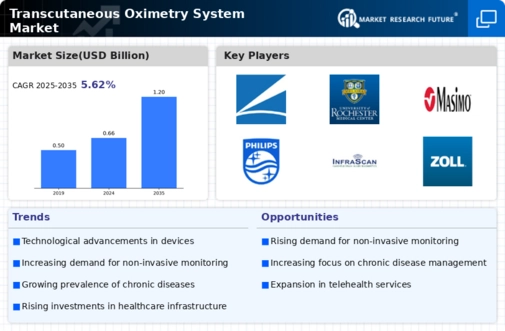
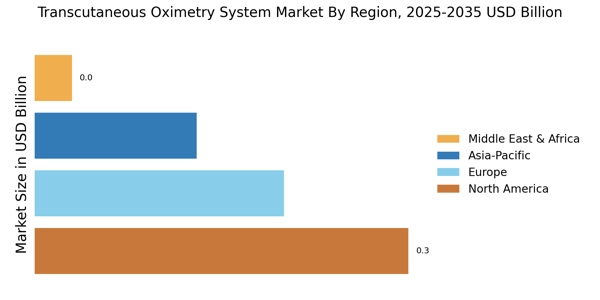
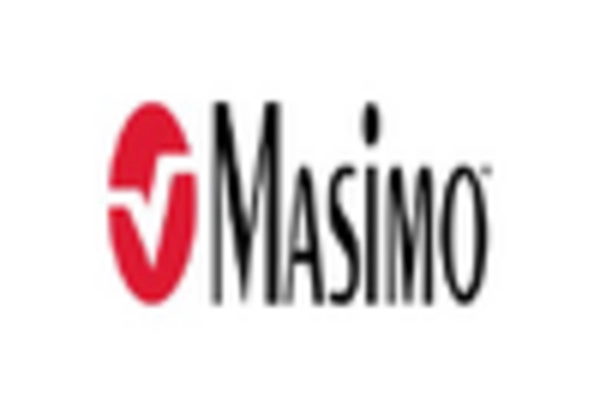

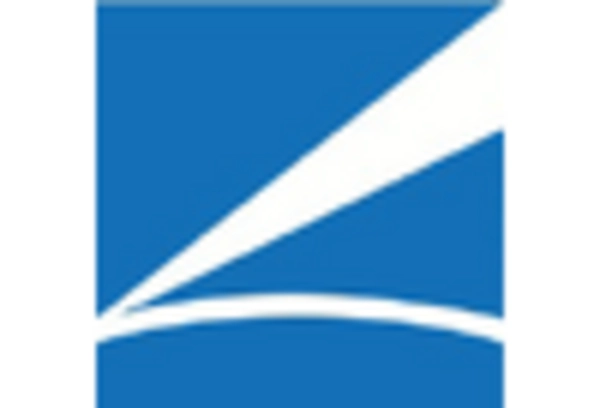
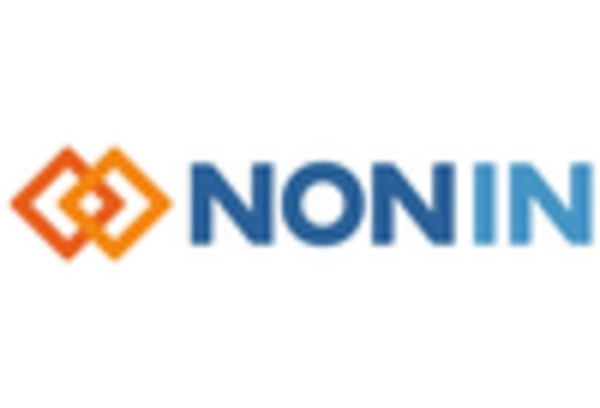










Leave a Comment